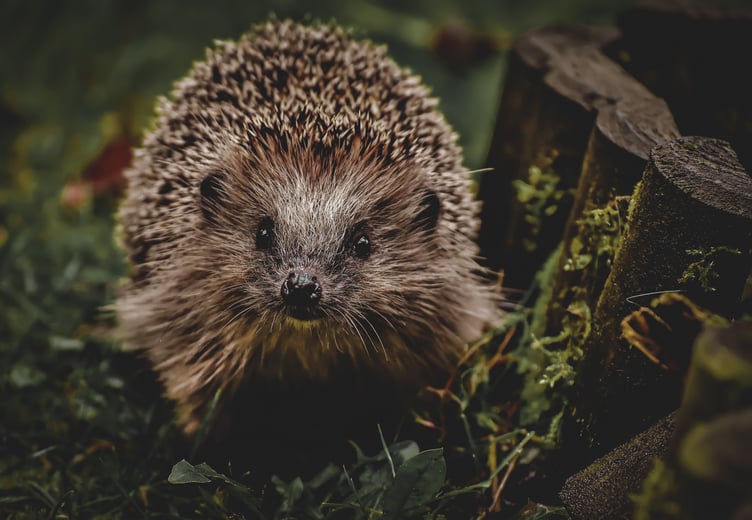With weather getting colder, our gardens and green spaces take on a new importance becoming vital havens for wildlife preparing to settle down for the colder months ahead.
From hedgehogs seeking a quiet corner to hibernate, to frogs and toads burrowing beneath fallen leaves, many species depend on our outdoor spaces for shelter and survival during winter.
However, while we tidy up our gardens or get rid of seasonal waste, we might unknowingly put these animals at risk, disturbing their habitats or removing crucial shelter.
Waste expert Steve Mallon, from Fletchers Waste, says it’s all about balance:
“Autumn and winter are some of the most critical times for wildlife. A little care and awareness when managing garden waste can make all the difference between helping wildlife thrive or accidentally harming it.”
Here’s his advice on how you can help protect your local wildlife this season:
- Create wild corners in your garden: leave some leaf-litter, fallen branches or a small log pile undisturbed. This provides shelter and foraging opportunities for hedgehogs, insects and amphibians.
- Make sure any wood- or leaf-piles used for shelter are not going to become bonfires without inspection. Animals may already have settled inside.
- For any garden pond, ensure there is a ramp or escape route at the edge so that small mammals (like hedgehogs) or amphibians which fall in can climb out safely.
- Provide fresh water (a shallow dish) and, if you regularly feed wildlife, consider meat-based cat or dog food (not bread and milk) for hedgehogs in colder evenings.
- Check your garden boundaries: creating a small gap (often called a “hedgehog highway”) in fences or walls can allow hedgehogs safe access between gardens, increasing their chances of foraging and finding a nest.





Comments
This article has no comments yet. Be the first to leave a comment.